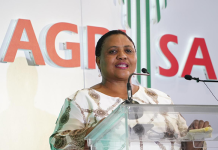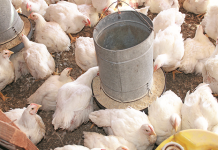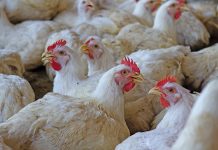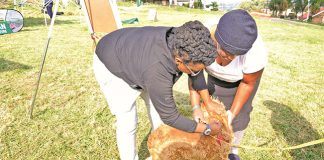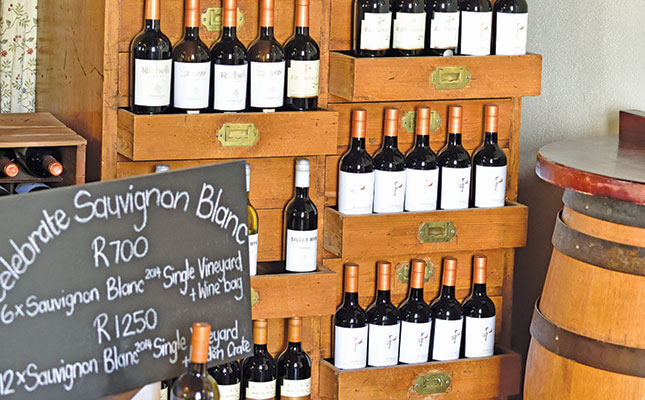How much do we know about South Africa’s small-scale farmers? For example, do we even know exactly how many there are? What their contribution is to the country’s food production? Whether government interventions to assist them have helped, and if so, by how much? The answers, it seems, are vague at best – lost in endless departmental corridors and computers.
At the recent Comprehensive African Agricultural Development Programme (CAADP) seminar, much emphasis was placed on developing smallholder farmers in order to increase food production in Africa. CAADP is a framework agreed upon by African governments in 2003 for agriculture-led growth and development to address food insecurity. In simple terms, the governments agreed that for Africa to be able to feed itself, it needed to increase its food production, and governments should therefore invest at least 10% of their total budget in agriculture.
This, according to their findings, would help to achieve a 6% growth in the sector annually. In the past few years, governments in many African countries have indeed intervened to push up agricultural production, and there have been successes. One often-cited example is the Malawi fertiliser subsidy programme, launched under President Bingu wa Mutharika. Although its implementation was not without faults, the results showed that government intervention can in fact help to upscale agricultural production. Malawi, which had been a net importer of food, rapidly became an exporter.
Problems at home
Here in South Africa, we have had many government interventions to upscale food production. There are several problems with these, however. To begin with, unlike elsewhere on the continent, government support is limited to smallholders, who supply just 5% of the country’s locally produced food. Secondly, the government seems unable or unwilling to measure the results of these interventions properly, so doesn’t have a clear idea of how effective they are.
Over the years, I’ve tried – and failed – to find out what the impact has been of programmes such as the Comprehensive Agricultural Support Programme (CASP) and Ilima/Letsema. I’m not saying these programmes have been a complete failure. I acknowledge they’ve helped many farmers to improve their infrastructure and productivity. My concern is that we’re unable to know how much progress has been made unless we do accurate comparisons. Also, we cannot tell whether we’re getting value for money.
We’re not talking peanuts, either. Finance Minister Pravin Gordhan recently announced that the Department of Agriculture, Forestry and Fisheries would spend R6 billion over the next three years on conditional grants, including those that fall under CASP and Ilima/Letsema. I fear the pattern this year will be no different to that of previous years: billions of rands will be spent, but no one will know how effectively.
This hardly shows visionary leadership as far as developing smallholders is concerned, does it?



